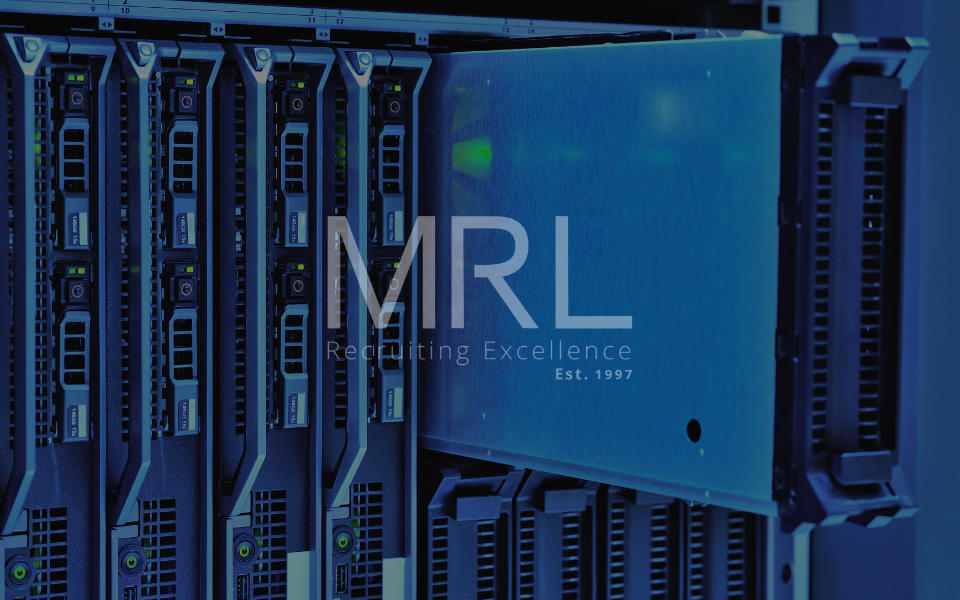Sustainability in Semiconductor Industry: Towards Greener Chip Production
31 Jul, 20235 minutesThe semiconductor industry plays a vital role in powering the modern world, driving technolo...

The semiconductor industry plays a vital role in powering the modern world, driving technological advancements and innovation across various sectors. However, the rapid growth of this industry has raised concerns about its environmental impact.
In recent years, there has been a growing focus on sustainability in the semiconductor industry, aiming to reduce its carbon footprint and embrace greener practices. This article examines the environmental challenges faced by the industry, identifies the major contributors to emissions in semiconductor fabs, explores potential solutions for improving semiconductor sustainability, and discusses the benefits of adopting a circular economy approach.
Semiconductor Industry Environmental Challenges
The semiconductor industry faces several environmental challenges that demand urgent attention. This is due not only to the manufacturing process but also to the procurement of raw materials and semiconductor disposal.
One of the most significant challenges semiconductor fabrication facilities (fabs) face is energy consumption. The semiconductor manufacturing process is highly energy-intensive as it makes use of complex and specialized equipment, high-pressure processes, air filtration, and purification, as well as a host of other processes and systems. This demand for energy is primarily catered for through the use of fossil fuels, which contributes leads to significant greenhouse gas emissions.
Additionally, semiconductors require large volumes of water during their manufacturing and cooling processes. Finally, the production process also involves the use of various chemicals, such as solvents and gases, that can be harmful to the environment. Proper handling and disposal of these chemicals are critical to minimize negative impacts.
How Can Semiconductors Be More Sustainable?
The semiconductor industry is resource intensive and faces many environmental challenges. However, there are measures semiconductor manufacturers, suppliers, and other players can take to improve sustainability in the semiconductor industry.
Renewable Energy Integration
Shifting towards renewable energy sources, such as solar and wind power, can reduce the industry's reliance on fossil fuels and decrease carbon emissions.
Many semiconductor manufacturing plants (fabs) use fossil fuels to power their operations. Biogas and green hydrogen are two cleaner, alternative sources of energy that can serve as short-term solutions for renewable energy integration.
Additionally, these fabs could look to purchase electricity from renewable energy suppliers. However, it’s important to note that this solution could be more easily implemented in regions such as the USA or Europe, where renewable energy is becoming a norm. Whilst in third world regions like Asia, this would be far more difficult to implement as these sections still rely heavily on fossil and other non-renewable sources of energy.
Reduce GHG Emissions
The semiconductor manufacturing process emits significant proportions of greenhouse gases (GHGs). In 2020, Samsung Electronics Co Ltd (Samsung) reported that its total GHG emissions amounted to 29.5 million tonnes of CO2 equivalents, whilst Intel Corp indicated 35.4 MtCO2eq in GHG emissions in 2021, as reported by Global Data.
The majority of these emissions are classified as “Scope 1 (direct emissions from owned or controlled sources) and Scope 2 (indirect emissions from the generation of purchased energy)” emissions.
Each semiconductor fab produces varying amounts of emissions depending on the maturity of the plant as well as the abatement technology it has in place. However, there are some factors fabs do have control over and can utilize to improve emissions.
The first solution that fabs can try to implement is process improvements. This refers to adjusting certain elements of the manufacturing process, such as adjusting air and water temperatures or altering chamber pressure. This could all prove beneficial in terms of reducing GHG emissions.
Gas recycling is another potential solution for enhancing sustainability in the semiconductor industry. This can be done by capturing unused process gases and refining them for other uses. However, it’s important to note that these two processes can be both challenging and costly.
Finally, gas abatement can also assist semiconductor manufacturers in reducing GHG emissions. Gas abatement detoxifies the gases produced as a result of the semiconductor manufacturing process. There are a variety of systems available that can achieve this. However, it is important to compare the installation of these new systems against the costs, operational impacts, the need for specialists, and other factors.
Can a Circular Economy Approach Increase Sustainability in the Semiconductor Industry?
Adopting a circular economy approach can revolutionize the semiconductor industry's sustainability efforts. This approach emphasizes the recycling, reusing, and repurposing of materials and products, reducing waste, and conserving resources.
This can be done by establishing efficient processes for recycling and recovering valuable materials from end-of-life chips and electronic waste. This will significantly reduce resource depletion and minimize environmental impact.
Extending product lifecycles of semiconductors will reduce the need for frequent replacements and thereby minimizing waste generation. Finally, players in the semiconductor industry must collaborate in order to facilitate the implementation of circular economy practices and foster innovation in sustainable chip production.
Doing all of this will not only boost sustainability in the semiconductor industry but will also boost the bottom line of semiconductor manufacturers. According to research from Accenture, designing and manufacturing semiconductor chips with sustainability in mind could contribute to an increase in operating profit of 16%, a reduction of material losses by 80%, and emission cuts of 45%.
Is There Hope For Sustainability In The Semiconductor Industry?
The semiconductor industry has recognized the importance of sustainability and is actively seeking ways to address its environmental challenges. By integrating renewable energy sources, exploring innovative materials, and embracing a circular economy approach, the industry can significantly enhance its sustainability and reduce its carbon footprint. However, it’s important to note that making sustainability in the semiconductor industry a reality will take effort, specialist knowledge, and financial resources.
Get in touch
Get in touch to have a confidential chat with one of our specialist consultants here.




